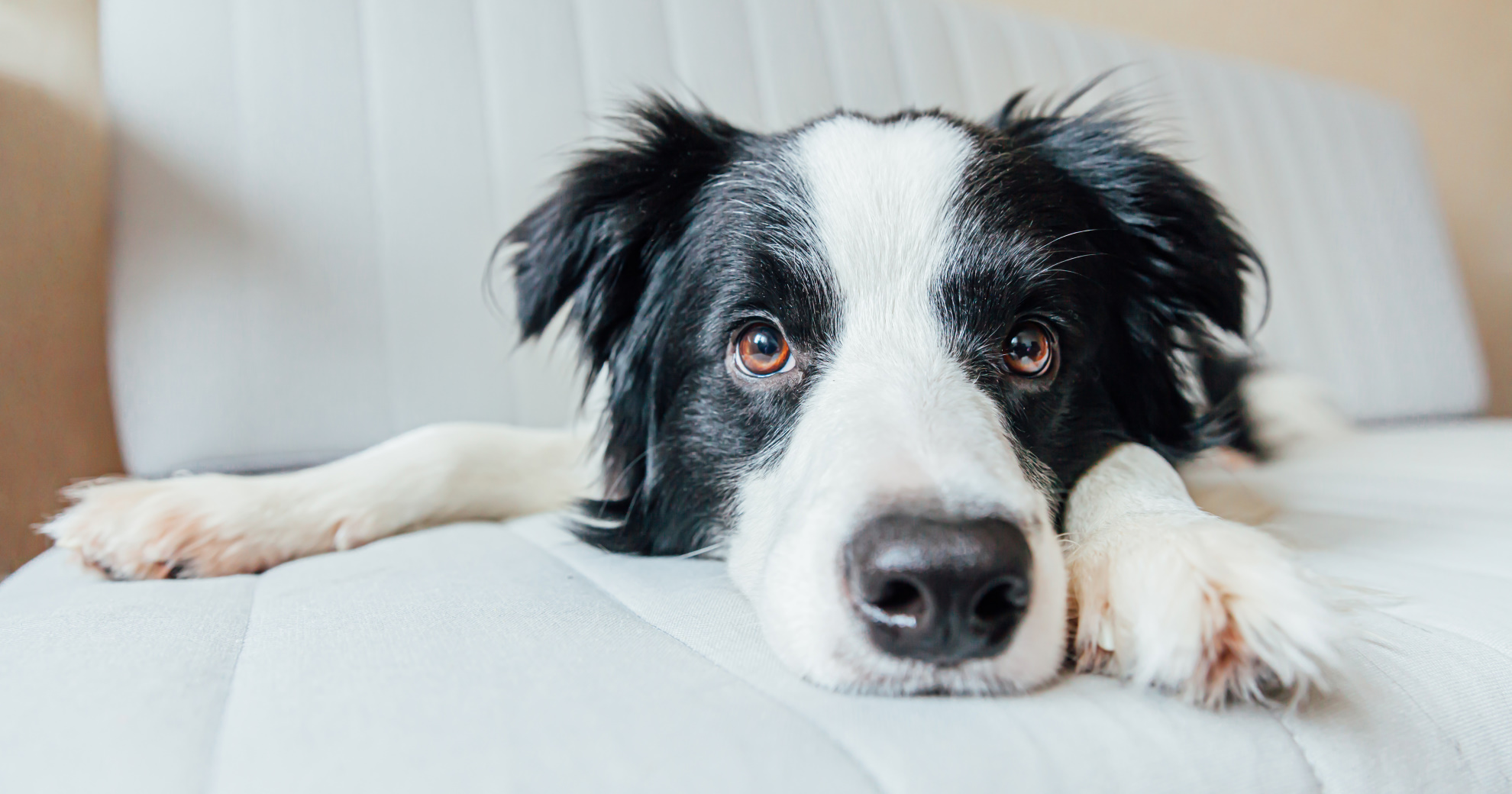HEALTH & WELLNESS

TRENDING
Separation Anxiety In Dogs

Separation anxiety is a prevalent behavioural issue that affects many dogs when they are apart from their owners. It can be upsetting for both the dog and the owner, but with the right knowledge and training, it can be effectively managed.
In this article, we will delve into separation anxiety in dogs, its causes, symptoms, and possible solutions.
UNDERSTANDING AND TACKLING THE PROBLEM
Separation anxiety arises when dogs become overly anxious or distressed when left alone. It can present itself in various forms, including excessive barking, destructive chewing, house soiling, pacing, and attempts to escape. While it is normal for dogs to miss their owners when they are away, separation anxiety exceeds typical longing and can result in severe emotional distress.
Several factors can lead to this condition in dogs. A common cause is inadequate socialisation during puppyhood, which can result in an excessively strong attachment to their owners. Significant life changes, such as moving to a new home or the loss of a family member, can also trigger separation anxiety. Dogs that have experienced abandonment or trauma in the past may be more susceptible to developing separation anxiety.
It is crucial to recognise the symptoms of separation anxiety for early intervention. If your dog exhibits excessive distress or destructive behaviour whenever you leave, it is probably suffering from separation anxiety. Other signs may include restlessness, panting, salivating, and refusal to eat. It is important to rule out any underlying medical conditions by consulting a veterinarian before addressing the behavioural issue.
MANAGEMENT
Managing separation anxiety requires a patient and systematic approach. Begin by gradually desensitizing your dog to your departures. Practice short periods of separation and gradually increase the duration over time. Provide your dog with a safe and comfortable space, such as a crate or designated room, where they can retreat and feel secure. Leave them with stimulating toys or treats to keep them occupied and distracted.
Counterconditioning can also help alleviate separation anxiety. Associate your departure cues, such as picking up keys or putting on shoes, with positive experiences like treats or playtime. This will help your dog form a positive association with your departures and reduce anxiety. Engaging your dog in regular exercise and mental stimulation can also help expend energy and reduce stress.
In severe cases, professional help or even medication may be necessary. A certified dog trainer or behaviourist can develop a customised behaviour modification plan tailored to your dog’s specific needs. They may recommend techniques such as desensitization and counterconditioning. A veterinarian must be consulted in extreme cases that require anti-stress medication.
SPECIAL CONSIDERATIONS
Remember, addressing separation anxiety takes time and consistency. It is essential to be patient and understanding with your dog throughout the process. Avoid punishment or scolding, as it can worsen anxiety and reinforce negative behaviour.
In conclusion, separation anxiety is a challenging issue that many dogs and their owners face. By understanding the causes, recognising the symptoms, and implementing appropriate training techniques, separation anxiety can be effectively managed. With love, patience, and a structured approach, you can help your furry friend overcome their anxiety and develop a sense of security even when you are not by their side.
Related Article
Taking Care of Your Dog’s Health Read Now














